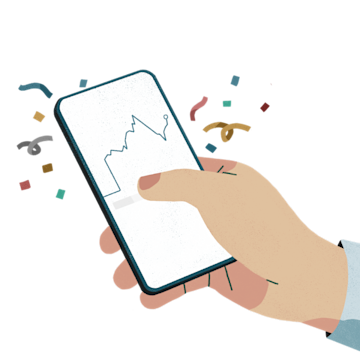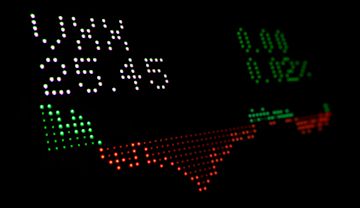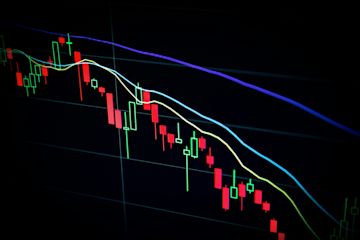
ETFs vs. Index Funds: Understanding the Key Differences
ETFs (Exchange-Traded Funds) and index funds are both popular investment vehicles that offer diversification and passive management, but they have key differences in how they operate and can be traded.
Trading Mechanism ETFs trade like stocks throughout the day on exchanges at market-determined prices. Index funds, however, trade once per day after the market closes at their net asset value (NAV).
Investment Structure ETFs are typically more flexible and tax-efficient due to their creation/redemption process. Index funds must sell securities to meet redemptions, which can create taxable events for all shareholders.
Tax Implications ETFs generally generate fewer capital gains distributions than index funds, making them more tax-efficient for taxable accounts. Index funds may distribute capital gains more frequently when portfolio rebalancing occurs.
Common Features:
- Passive management: Both follow specific market indices without active management
- Stability: Provide steady, long-term growth potential
- Diversification: Spread risk across multiple assets
- Lower costs: Generally have lower expense ratios than actively managed funds
Choosing Between ETFs and Index Funds:
- Choose ETFs if you want: Intraday trading flexibility, tax efficiency, and precise control over trade timing
- Choose Index funds if you want: Simplified automatic investment plans, no commission trades, and don't need intraday trading

Hand holding phone showing banking app
Important Considerations:
- Investment goals and timeline
- Trading frequency preferences
- Tax situation and account types
- Minimum investment requirements
- Expense ratios and trading costs

Hand touching investment graph on phone
Both ETFs and index funds can be excellent choices for long-term investors. The best choice depends on your individual investment strategy, tax situation, and trading preferences.
FAQs:
- Yes, actively managed ETFs exist but are less common than passive ones
- Expense ratios vary by fund but are generally low for both types
- You can combine both in a portfolio for different investment objectives
- Main risks include market risk, tracking error, and liquidity risk
- Choose based on your investment goals, timeline, and risk tolerance

Three people viewing smartphone together

Stock market volatility graph chart

Red stock market trading chart